Safety Worth the Cost
Your next new car could come with safety features once only dreamed of by science-fiction writers.

Automotive safety used to consist solely of such do-it-yourself tasks as buckling your seat belt and checking your mirrors. But now technology is helping you make some critical accident-prevention maneuvers. Some cars on the road today warn you when another vehicle is in your blind spot, steer you back into your lane when you stray, and even slam on the brakes and tighten your seat belts when the vehicle senses an imminent crash.
High-tech safety features debut mainly on luxury cars but trickle down to mass-market cars later. For example, electronic stability control was introduced in 1995 by Mercedes-Benz on its top-of-the-line S-Class coupe. By 2012, it will be standard equipment on every vehicle sold in the U.S. Your next new car could come with safety features once only dreamed of by science-fiction writers.
Keep your distance. Piggybacking on adaptive cruise control, which uses radar to keep a safe distance between you and the vehicle ahead of you, collision-mitigation systems sense when you're getting too close too fast and give you a visual and auditory warning. If you don't respond to that, the system "precharges" your brakes (to give them more power when you first step on the brake pedal). Some systems, such as those from Hyundai, Lexus and Mercedes, tighten your seat belts and automatically apply the brakes. The cost of this option ranges from $1,195 (on the Ford Taurus) to $1,500 (on most Lexus models). Some systems are available only as packages -- for example, the $2,900 Mercedes-Benz package that also includes lane-departure warning and blind-spot monitoring.

Sign up for Kiplinger’s Free E-Newsletters
Profit and prosper with the best of expert advice on investing, taxes, retirement, personal finance and more - straight to your e-mail.
Profit and prosper with the best of expert advice - straight to your e-mail.
Lane-departure warning systems use cameras to scan the road ahead to determine your position in a lane, then give you a cue if you stray from it (a turn signal overrides the warning). This technology is still limited mostly to the luxury makes, such as Audi, BMW and Cadillac. Prices start at about $700 as a part of driver-assistance packages.
A couple of Japanese carmakers have introduced a Big Brother-like version of the technology that gently steers you back into your lane if the system detects drifting. The top trim level of the Toyota Prius offers Lane Keep Assist as an option (as part of the $5,180 advanced-technology package). Infiniti's Lane Departure Prevention is available on the EX35 in the $2,250 technology package (also available on the FX and M models).
Eyes all around. How many times have you attempted to change lanes when a car is in your blind spot? Blind-spot monitoring systems use radar to let you know a car is there before you hear the other driver's horn. Most work by triggering a warning light near your side mirrors as cars approach and pass; some ring out an audible warning if you attempt to move over or put on your turn signal while a car is in that space. Once a luxury-only feature, this is now an option on the Chrysler Town & Country, Mazda6 and Ford Fusion (prices start at about $700 but can run a few thousand in a big option package). Infiniti's Blind Spot Intervention (available on the 2011 M in a $3,000 package) not only gives you a warning but also steers you back into your lane.
Cross-path cameras alert you when another car is approaching as you're backing out of a parking spot or pulling out of a blind drive. Ford and Chrysler already have versions of this system, and it's coming in the 2011 BMW 5 series.
Volvo, Mercedes and BMW also have pedestrian-detection systems. Volvo's system ($2,100), for example, will bring the car to a full stop if it detects a person in your path and you're traveling at less than 22 miles per hour. Volvo also has a City Safety feature (on the XC60 and new S60) that works the same way for a car that stops short in front of you. Prices for camera-based systems vary widely depending on the type; expect to pay at least a grand.
Get Kiplinger Today newsletter — free
Profit and prosper with the best of Kiplinger's advice on investing, taxes, retirement, personal finance and much more. Delivered daily. Enter your email in the box and click Sign Me Up.

-
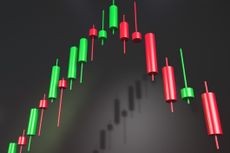 Stock Market Today: Stocks Are Mixed Before Liberation Day
Stock Market Today: Stocks Are Mixed Before Liberation DayMarkets look forward to what comes with the reordering of 80-year-old global trade relationships.
By David Dittman Published
-
 Stagflation: What It Is and Why Retirees Should Care
Stagflation: What It Is and Why Retirees Should CareStagflation — the economic bogeyman of the 1970's — may return to the US. Here's what it could mean to your retirement.
By Donna Fuscaldo Published
-
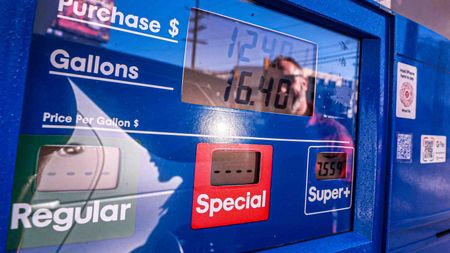 Gas-Saving Tips That Actually Work
Gas-Saving Tips That Actually WorkThese are gas-saving tips that will actually work for you and your car this year.
By David Muhlbaum Last updated
-
 Want to Lease an EV? The Tax Credit 'Loophole' for That Could Go Away Soon
Want to Lease an EV? The Tax Credit 'Loophole' for That Could Go Away SoonTax Credits If you are deciding whether to lease or buy a car, here's what you need to know about the EV lease tax credit.
By Kelley R. Taylor Last updated
-
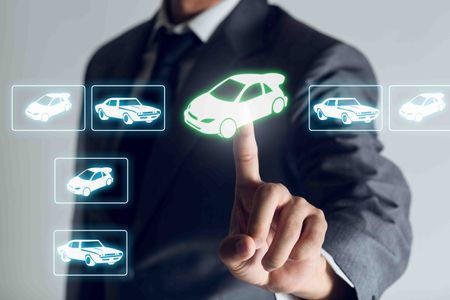 Car Buying in a Topsy-Turvy Market
Car Buying in a Topsy-Turvy MarketYou need a new car? Good luck with that! What should you do? We've got some answers.
By Katherine Reynolds Lewis Last updated
-
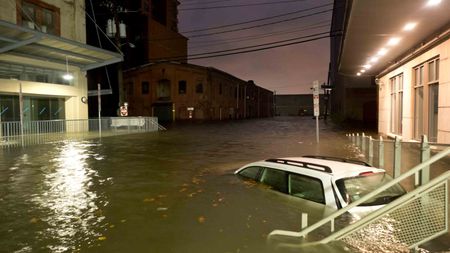 Watch Out for Flood-Damaged Cars from Hurricane Ian
Watch Out for Flood-Damaged Cars from Hurricane IanBuying & Leasing a Car In the wake of Hurricane Ian, more flood-damaged cars may hit the market. Car prices may rise further because of increased demand as well.
By Bob Niedt Last updated
-
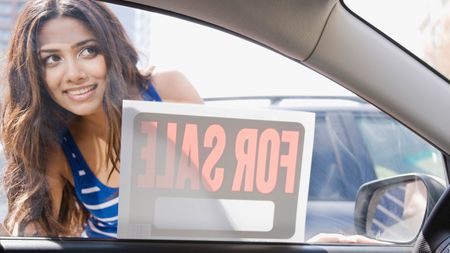 Car Buyers: The 3-Day Grace Period Is Just a Myth!
Car Buyers: The 3-Day Grace Period Is Just a Myth!Buying & Leasing a Car Many car buyers think they have three days after making a purchase to return a car. Here’s where they’re going wrong, and what they should do instead to get a decent used car.
By H. Dennis Beaver, Esq. Published
-
 PODCAST: Car-Buying in an Inflated Market with Jenni Newman
PODCAST: Car-Buying in an Inflated Market with Jenni NewmanBuying & Leasing a Car With cars both scarce and expensive these days, what to do if you want – or need – a new ride? Car-buying strategist Jenni Newman of Cars.com shares some tips. Also, more on the magical 9% savings bond.
By David Muhlbaum Published
-
 The "Real" Cost of Buying a Car
The "Real" Cost of Buying a CarFeature Atlanta Falcons linebacker and Kiplinger contributing editor Brandon Copeland illustrates how car prices are far more than meets the eye.
By Brandon Copeland Published
-
 How to Get a Car Deal in This Market
How to Get a Car Deal in This MarketBuying & Leasing a Car Low inventories mean it’s hard to haggle on price, but you can still negotiate on financing when shopping for a new or used car.
By Rivan V. Stinson Published